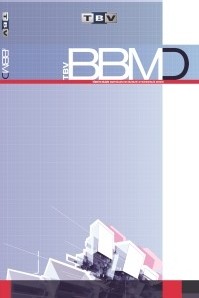MULTIFUNCTIONAL MODEL OF MORPHEMES IN THE TURKIC GROUP LANGUAGES (ON THE EXAMPLE OF THE KAZAKH AND TATAR LANGUAGES)
MULTIFUNCTIONAL MODEL OF MORPHEMES IN THE TURKIC GROUP LANGUAGES (ON THE EXAMPLE OF THE KAZAKH AND TATAR LANGUAGES)
___
- [1] SULEYMANOV, D.SH., GATIATULLIN, A.R. Strukturno-funktsionalnaya kompyuternaya model tatarskikh morfem [Structural-functional computer model of the Tatar morphemes]. Kazan: FEN, 2003. 220 p. (rus)
- [2] SULEYMANOV, D.SH., GATIATULLIN, A.R. Napolneniye semanticheskikh slotov relyatsionno-situatsionnogo freyma na primere tatarskikh sintaksem [Filling of semantic slots of the relational-situational frame on the example of the Tatar syntaxemes] // Collection of works of the conference “Open semantic technologies of designing intelligent systems” (OSTIS-2014). Minsk: BSUIR, 2014. P. 178. (rus)
- ISSN: 1305-8991
- Başlangıç: 2005
- Yayıncı: Türkiye Bilişim Vakfı
Using Morphosemantic Information in Construction of a Pilot Lexical Semantic Resource for Turkish
Aida SUNDETOVA, Aidana KARİBAYEVA, Ualsher TUKEYEV
TOWARDS A DATA-DRIVEN MORPHOLOGICAL ANALYSIS OF KAZAKH LANGUAGE
Olzhas MAKHAMBETOV, Aibek MAKAZHANOV, Zhandos YESSENBAYEV, Islam Sabyrgaliyev, Anuar SHARAFUDİNOV
GRAMMATICAL DISAMBIGUATION IN THE TATAR LANGUAGE CORPUS
Bulat KHAKİMOV, Rinat GİLMULLİN, Gataullin RAMİL
THE ADVANTAGE OF INTERPHONEME PROCESSING AT DIPHONE RECOGNITION OF KAZAKH WORDS
Aigerim Buribayeva, Altynbek Sharipbay
D.sh. SULEYMANOV, A.r. GATİATULLİN, A.b. ALMENOVA
EXPLORING THE EFFECT OF BAG-OF-WORDS AND BAG-OF-BIGRAM FEATURES ON TURKISH WORD SENSE DISAMBIGUATION
A RULE BASED NOUN PHRASE CHUNKER FOR TURKISH
LEXICAL SELECTION IN MACHINE TRANSLATION OF RUSSIAN-TO-KAZAKH
